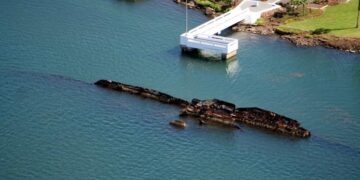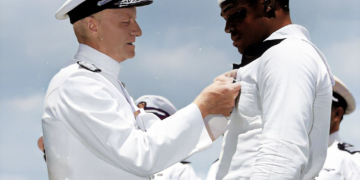Feb 14, 2025 Story by: Editor
ST. LOUIS, — A century after the devastating Tulsa Race Massacre destroyed the thriving Black community in the Greenwood District, the city has intensified efforts to uncover unmarked graves believed to hold the victims. As part of this initiative, forensic specialists at Intermountain Forensics collaborated with the National Archives to examine historical records, leading to the first successful identification earlier this summer: World War I veteran C. L. Daniel.
The tragic 1921 event, often referred to as both the Tulsa Race Riot and the Tulsa Race Massacre, resulted in significant loss of Black lives and destruction of property. Researchers have relied on forensic genealogy, along with testimonies from the community and family records, to identify remains discovered in mass burial sites.
After extensive research, the project achieved a breakthrough in July. Intermountain Forensics identified potential veteran matches and turned to the National Archives for verification.
“The Intermountain Forensics 1921 Tulsa Identification Project” forensic investigative genetic genealogy group submitted several requests related to burials,” explained Anna Kampwerth, a supervisory archives specialist at the National Personnel Records Center (NPRC). “The requests were for World War I–era veterans, an era heavily affected by the 1973 fire and which requires the most additional reference research for our team.”
Kampwerth and her colleagues cross-referenced the submitted details with records housed at the National Archives in St. Louis, which works closely with the NPRC.
“We are able to expediently provide many archival auxiliary records . . . like the Deceased Veteran’s Claim File used for the Tulsa burial identification, to facilitate NPRC’s responses to benefits cases,” stated Theresa Fitzgerald, Director of the Personnel Records Division of the National Archives at St. Louis. “We look forward to further working with members of the media and other stakeholders as these identifications continue.”
The Deceased Veterans Claim Files, preserved permanently at the National Archives in St. Louis, contain crucial documentation regarding veterans’ benefits claims. These files often include medical records, benefit applications, and correspondence between Veterans Affairs and the claimants. Such records prove invaluable in cases where the original personnel files were lost in the 1973 fire.
C. L. Daniel’s file has since been digitized and is accessible through the National Archives Catalog. More Veterans Claim Files are stored across the National Archives’ collection.
“Requests like these generate a lot of interest in the National Archives’ holdings,” noted Vivian Green, an archives technician at the NPRC. “It’s an important part of my job, and I look forward to finding more answers about our nation’s history.”
Source: National Archives News

















